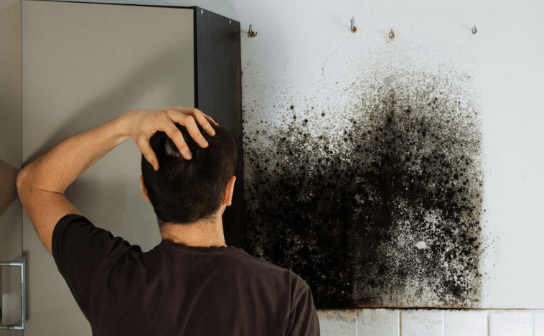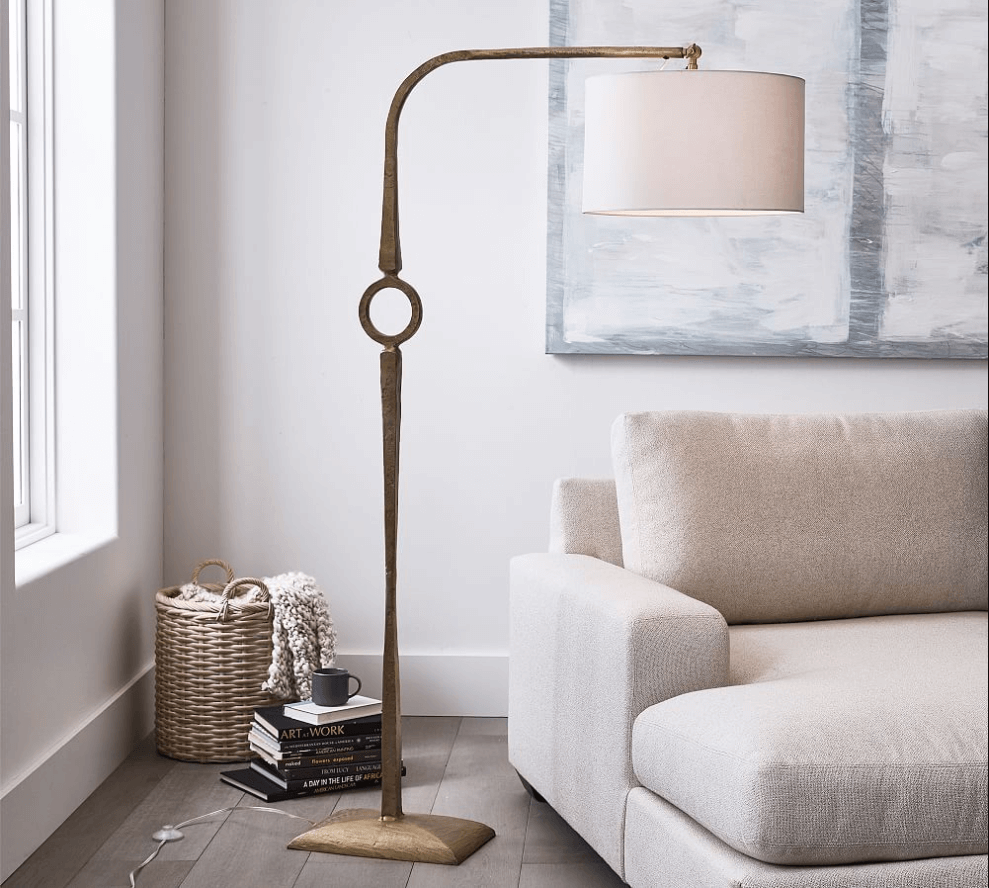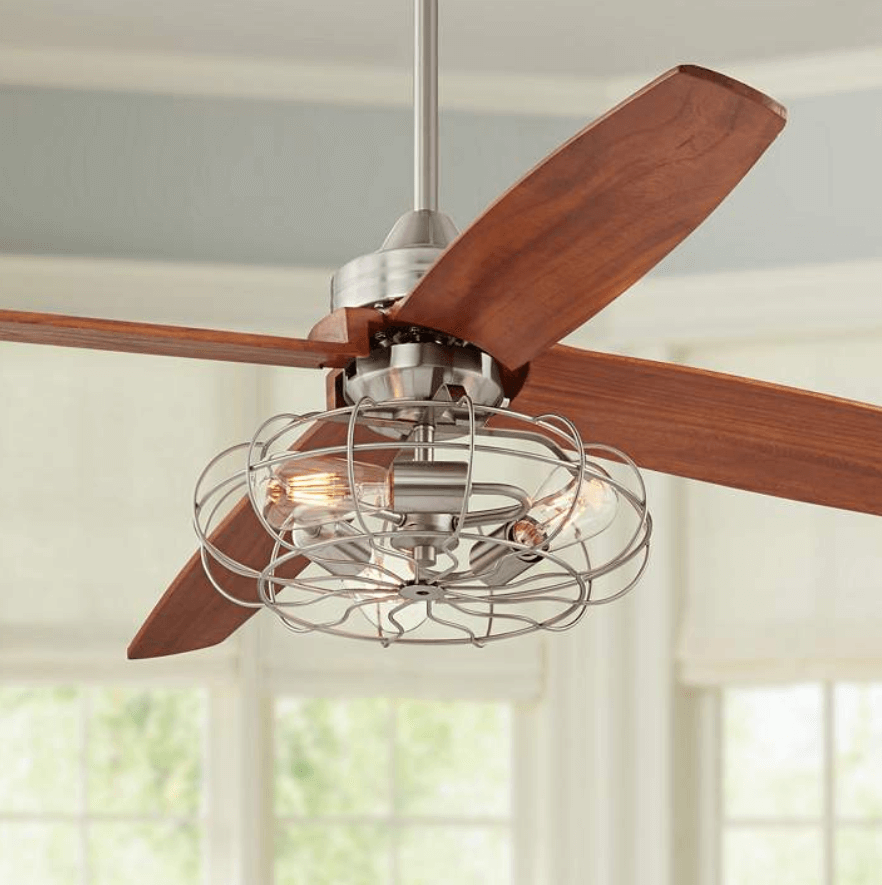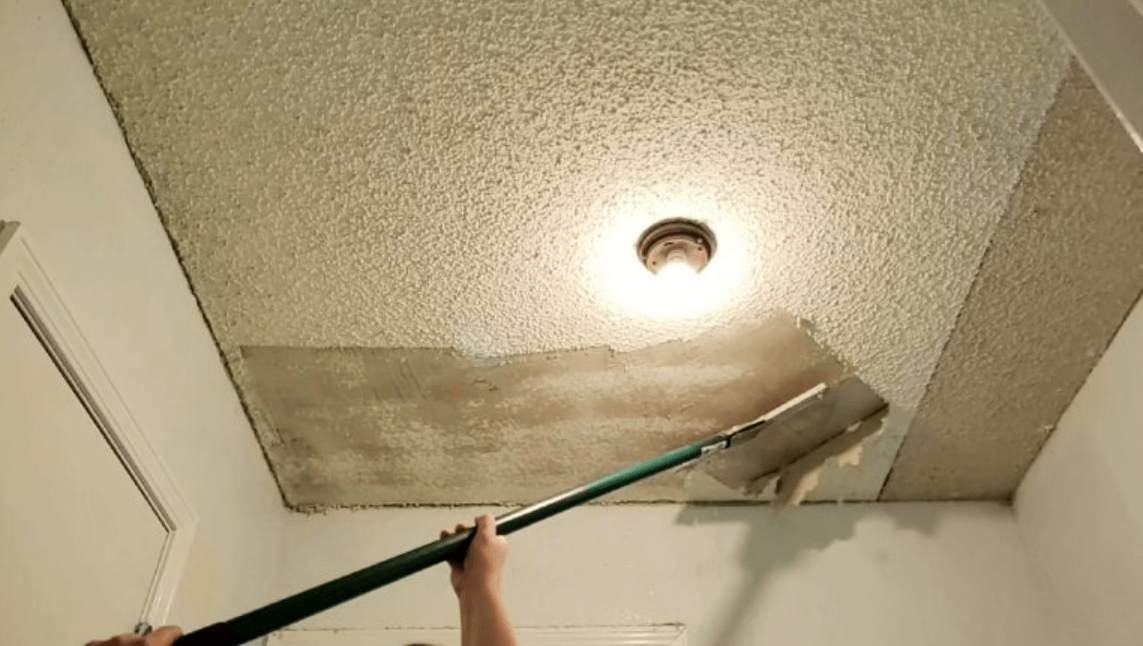Mold growth in the home is like a weed taking over a garden. It spreads quickly and can be difficult to get rid of if you don’t address the root cause. Knowing what causes mold growth in residential dwellings is key to preventing it from taking hold in your home.
In this article, we’ll discuss the top causes of residential mold growth so that you can take action against it before it becomes an issue.
High humidity levels, poor ventilation, leaking pipes, flooding and condensation are all common issues that lead to mold growth in residential homes. Poor drainage systems can also contribute to the problem by trapping moisture beneath the surface of walls or floors, creating an ideal environment for mold spores to grow.
By understanding what these conditions are and how they contribute to mold growth, homeowners can take proactive measures to prevent it from occurring in their homes.
If not addressed promptly and properly by a Commack water damage restoration service, such flooding events can leave lasting effects on a home’s interior environment and create ideal conditions for mold growth.
High Humidity Levels
Excessively high humidity in your home can create the perfect environment for mold to thrive, so be sure to keep an eye on those levels!
Humidity levels should never exceed 50 percent—the ideal range is between 30 and 45 percent.
If you’re dealing with inadequate insulation or water contamination, you may have difficulty keeping your humidity levels low.
Dehumidifiers are a great way to keep a room’s relative humidity below 60 percent—just make sure you empty out the basin regularly.
Poor ventilation in the home may also contribute to higher indoor humidity levels, so it’s important to ensure that air is able to circulate properly throughout your living space.
Poor Ventilation
Without proper ventilation, moisture can quickly build up in your home, creating an environment for mold to thrive – much like a garden that’s been left unattended and over-watered.
Poor ventilation can be caused by overcrowding of furniture or belongings that block natural airflow pathways in the home, inadequate cleaning of air conditioning units and filters which restricts air flow, closed windows and doors blocking outside fresh air from entering the house, using exhaust fans too infrequently or not having them installed at all, and lack of insulation that prevents warm moist air from being properly dispersed throughout the home.
When these issues are present it increases the likelihood that mold will form due to higher levels of condensation and humidity. Homeowners should ensure their living space is free from such conditions to prevent mold growth and reduce health risks associated with exposure.
To maintain a healthy balance, homeowners should regularly open windows, use an exhaust fan when needed, clean any dust build-up on AC units or filters, keep furniture arranged away from doorways or vents, and properly insulate their homes. Doing so will help create a safe and comfortable living environment free of potential hazards caused by poor ventilation.
Leaking Pipes
Leaking pipes can be a real nuisance, but the good news is that they can usually be fixed quickly and easily.
Unnoticed leaks from pipes may cause an accumulation of water behind walls or ceilings, which in turn can lead to mold growth. Mold spores need moisture in order to survive and thrive, so infrequent cleaning of areas with leaking pipes is likely to result in mold growth if not addressed.
Furthermore, these leaks are often found during flooding events–which is yet another reason why it’s important to check for potential water sources around your home regularly.
Moving on, flooding is another common contributor to residential mold growth.
Flooding
Flooding can be like a tidal wave of destruction, wreaking havoc on your home if you’re not prepared.
Most often caused by heavy rainfall or an accumulation of rainwater in the surrounding area, flooding can cause long-lasting water damage that may lead to mold growth in residential areas.
In addition, floodwaters often contain contaminants and debris that further increase the risk of mold formation within a home’s walls and ceilings due to dampness and moisture.
If not addressed promptly and properly, such flooding events can leave lasting effects on a home’s interior environment and create ideal conditions for mold growth.
Condensation
Condensation is a silent yet destructive force, silently wreaking havoc on your home and potentially leaving you with long-term damage.
Condensation can occur when warm air comes into contact with cold surfaces, such as leaky roofs or moldy carpets. This process leads to moisture buildup that promotes the growth of mold and mildew in areas that are dark and damp.
Poor ventilation can also contribute to condensation, trapping humidity indoors and creating an environment conducive to mold growth. Without proper maintenance, condensation can lead to significant damage over time – from rotten wood structures to hazardous health issues – making it important for homeowners to inspect their homes regularly for signs of condensation-related problems.
Poor Drainage
Moving on from Condensation, Poor Drainage is another major cause of residential mold growth.
Poor drainage can come from several sources, such as unsealed windows and inadequate insulation. These two factors create an environment where the moisture in the air has nowhere to go, leading to condensation which then leads to mold growth.
Unsealed windows are a common source of poor drainage because they allow outside air to enter without any ventilation or insulation. This creates a space that traps moisture and encourages it to linger longer than normal, causing the perfect conditions for mold growth.
Inadequate insulation also plays a role in poor drainage because it does not provide enough protection against the elements like wind and rain. Without proper insulation, wall cavities collect more water than they should, allowing it to seep into other areas and promote the growth of mold spores.
In addition, inadequate insulation can cause temperature fluctuations that lead to increased condensation levels and further encourage mold growth.
Poor drainage is often overlooked when dealing with residential mold issues but should always be considered as part of any remediation plan.
Conclusion
You now have a good understanding of the top causes of residential mold growth. High humidity levels, poor ventilation, leaking pipes, and flooding are all common culprits that can lead to an infestation of mold in your home.
Condensation and poor drainage are also factors that contribute to mold growth.
Taking steps to address these issues before they become serious problems will save you time, money, and potentially your health. Don’t let this pesky fungus take hold in your home – be proactive and ensure a healthy living environment for you and your family!










